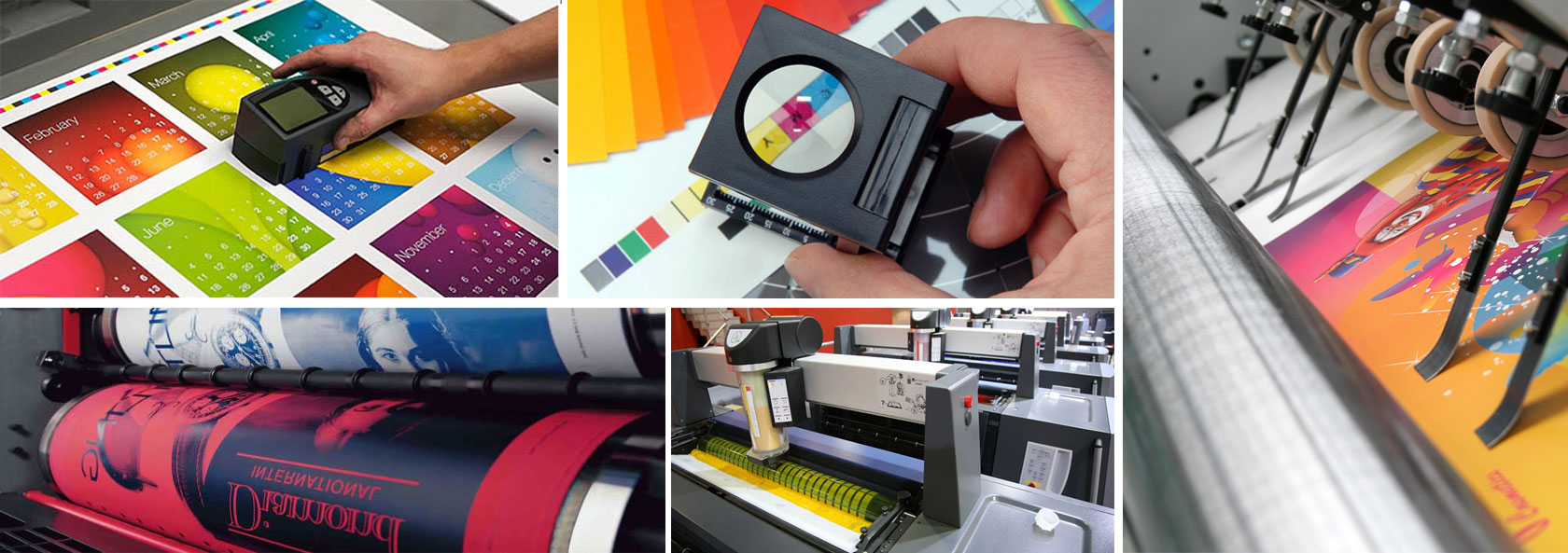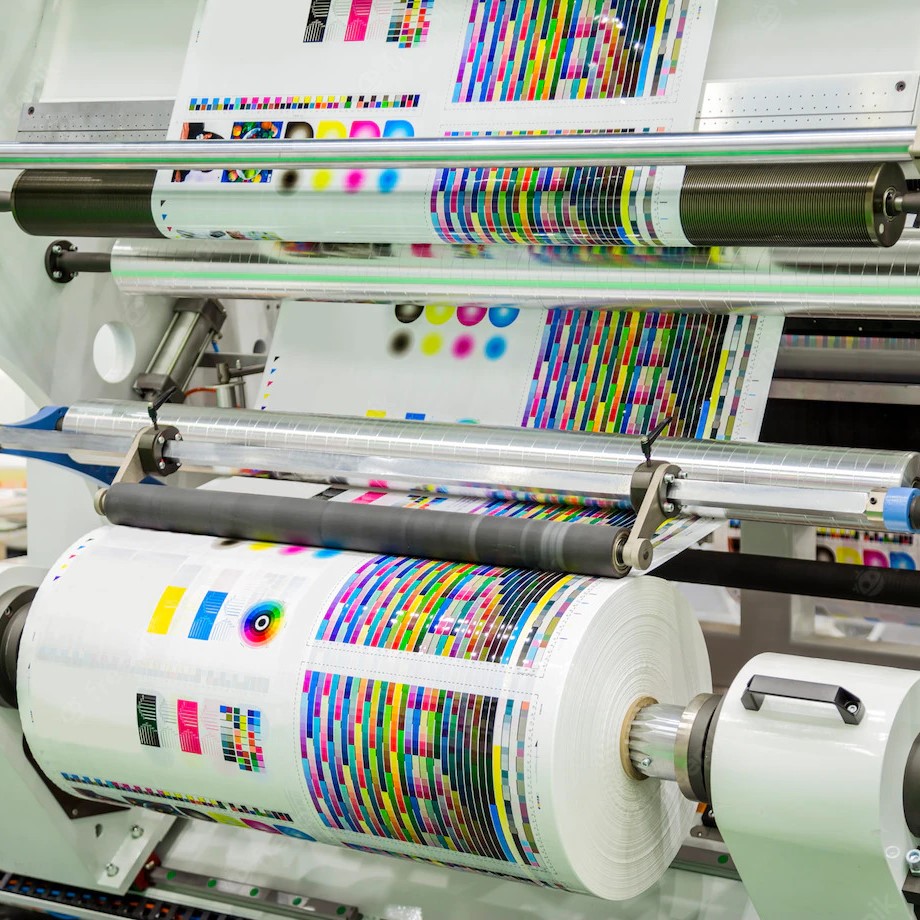litho printing for Mass Commercial Projects
litho printing for Mass Commercial Projects
Blog Article
A Comprehensive Overview to Comprehending Litho Printing Techniques
The world of litho printing, a method stemming from the late 18th century, is a remarkable blend of background, art, advancement and science. Keep with us as we journey right into the fascinating realm of litho printing.
The Historic Advancement of Litho Printing
The historical trajectory of litho printing, an essential technology in the realm of interaction, is an exciting tale of human resourcefulness. Birthed in the late 18th century by Alois Senefelder, this strategy was initially an affordable technique of publishing staged jobs. Lithography, obtained from the Greek words for 'rock' and 'to compose', used a smooth rock surface area to transfer pictures onto paper. The process progressed with the advent of the rotating press, which substantially increased productivity (litho printing). In the 20th century, the development of countered lithography revolutionized the industry, allowing for mass production of top quality prints. Each stage of litho printing's evolution showcases humanity's unrelenting quest of performance and top quality in visual communication.
Deciphering the Science Behind Litho Printing Inks
Moving forward in the exploration of litho printing methods, the focus currently changes to the scientific research behind litho printing inks. The composition of these inks, their drying out process, and shade mixing techniques create the foundation of this intricate art kind. Recognizing these aspects is essential to understanding the craft and accomplishing the desired print outcomes.
Composition of Litho Inks
In lithographic printing, the fundamental role of litho inks can not be overemphasized. The composition of litho inks varies depending upon its objective, however generally, they contain two primary components - pigments and lorries. Pigments, the color-providing aspects, are carefully ground particles suspended in the car, a fluid that lugs the pigment onto the printing surface area. The automobile is a complex blend of oils, materials, and solvents, which affect the ink's drying out time, bond, and gloss. Additionally, different ingredients are present to enhance particular properties like circulation, drying out, and resistance to ecological effects. Each part plays a critical component in the final print's quality, making the exact formulation of litho inks an intricate science.
Ink Drying Refine
From the structure of litho inks, focus transforms to the remarkable process of ink drying out. 2 primary techniques are made use of in litho printing: oxidative drying and absorption. Absorption, on the various other hand, entails the ink permeating right into the paper fibers, which is a quicker procedure yet can lead to much less vibrant shades.
Color Combining Strategies
While the drying out process plays a key function in litho printing, the science of shade mixing strategies holds equal value. The science behind litho printing inks additionally takes right into account the openness of the ink, which impacts how shades overlay and mix.
The Art and Layout Components in Litho Printing
Litho printing takes a breath life right into art and layout through its special elements. The procedure involves developing a photo on a lithographic limestone plate or steel plate with a smooth surface. The picture is then published onto a tool, typically paper, by moving the ink from home plate. What collections litho publishing apart is its capacity to reproduce more tips here intricate styles with high integrity, making the output practically similar to the initial artwork. This is accomplished via the usage of different line methods such as cross-hatching, hatching, and stippling, which permit a variety of tonal results. Litho printing fits a selection of shades, allowing artists recommended you read to create vibrant and dynamic prints. This combination of precision and versatility makes litho printing a recommended option for several artists and designers.
Modern Applications of Litho Printing Strategies
Litho printing techniques have actually discovered extensive usage in the contemporary business industry. Its impact and significance remain to grow with the arrival of new technologies and innovations in the area. This section will certainly explore these modern applications and the transformative duty they play in the printing market.
Business Litho Printing Uses
In today's electronic age, one could question the relevance of standard printing approaches. Yet, litho printing stays a crucial part of the business sector. High-volume printing jobs, such as the production of books, newspapers, and packaging, depend on litho printing for its capacity to deliver exceptional photo top quality and cost effectiveness. The procedure, which entails moving a tattooed image from a plate onto a rubber blanket and then to the printing surface area, uses unparalleled consistency. This makes it perfect for tasks requiring a huge print run. Litho printing also provides a wide shade spectrum, superior to that of electronic printing. This makes it the go-to option for projects that demand dynamic, high-grade shade recreation.
Developments in Litho Printing
Pressing the boundaries of traditional strategies, modern innovations have fueled a host of innovations in litho printing. One popular growth is digital litho printing, which integrates the merits of digital innovation with litho's that site high-quality outcome. These technologies underscore the long-lasting importance of litho printing in the modern world.
Checking out the Refine of Litho Printing: Step by Step

Difficulties and Solutions in Contemporary Litho Printing

In spite of the precision and custom that litho printing happily upholds, it is not without its collection of contemporary difficulties. One of the most prevalent problems consist of the high first setup expense, trouble in printing variable information, and environmental issues as a result of chemical use. Services are arising as modern technology advances. Digital litho printing allows for affordable short runs and simple modification, addressing the issue of variable data. Environmentally-friendly inks and much safer plate-making processes alleviate ecological worries. In addition, innovations in automation have actually lowered labor prices, further equalizing the lithography procedure. Hence, while there are obstacles, the litho printing sector is proactively adjusting to fulfill them head-on, guaranteeing its significance in the future.
Verdict
In final thought, litho printing, with its abundant background and scientific details, holds a considerable area in the print industry. The future of litho printing hinges on its capability to adapt to these changing needs, affirming its long-lasting worth in a progressing market.

Report this page